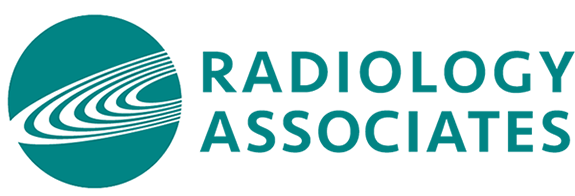John W. Gianini, MD
Board Certified Diagnostic Radiologist
Authored by: John W. Gianini, MD
Board Certified Diagnostic Radiologist
Chest CT is a commonly performed radiological examination that can be performed for many different indications such as chest pain, cough, and evaluating cancers just to name a few. It can be performed in one of 3 different ways: without intravenous contrast, with intravenous contrast, and both with and without intravenous contrast (also known as combined type). This combined type results in the patient being imaged by the CT scanner twice resulting in increased radiation dose to the patient and a larger cost to the patient and/or healthcare system such as insurance companies or the government. This combined type of chest CT scan has also been shown to be almost always unnecessary except on a couple of rare occasions such as acute vascular abnormalities. In addition, the government has identified this as an area of concern and even the New York Times highlighted this issue in a well-publicized article in 2011.
Over the past year, the Radiology Associates Imaging Quality Committee evaluated this issue to determine if we were doing our best to prevent these unnecessary exams. Our team collected imaging data over a three month period to determine how many of these exams were being performed. We discovered that about 8% of our chest CT exams were being performed as the combined type. The committee felt that this number could be improved, and we identified the areas where we could intervene. One of the main issues was educating our referring clinicians who often order these exams both with and without intravenous contrast because they may not know what to order or incorrectly believe it will give them more information.
After addressing the main culprits, we monitored another 3 month period to evaluate the results. The committee was pleased to discover that we significantly decreased the number of combined type exams to less than 1% (o.6% to be exact)! These improvements will remain in place and will save patients money and prevent thousands of patients from being unnecessarily exposed to ionizing radiation.


